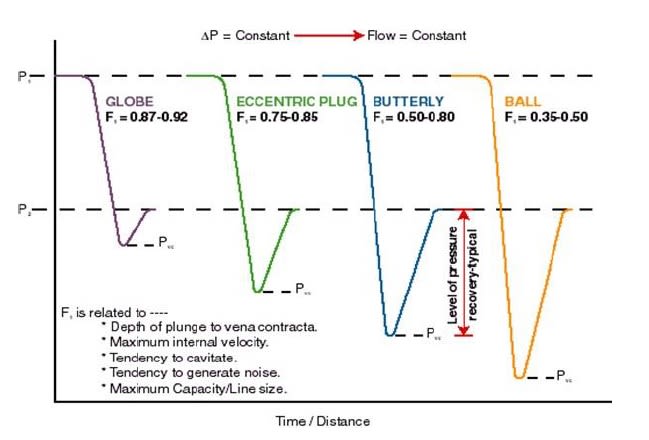Hi,
My question is about the Pressure Drop Comparison curve,which is shown The Min Drop is for Globe type .
However ,at Normally condition Globe type should has a high pressure drop and gate should be less .(Is it only at the Fully opening Condition or at the all condition)?

My question is about the Pressure Drop Comparison curve,which is shown The Min Drop is for Globe type .
However ,at Normally condition Globe type should has a high pressure drop and gate should be less .(Is it only at the Fully opening Condition or at the all condition)?

